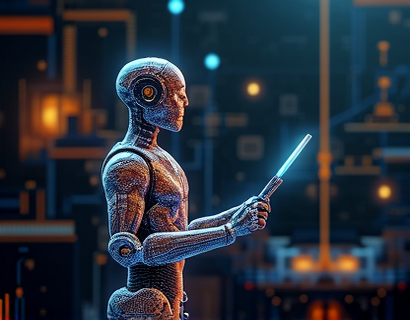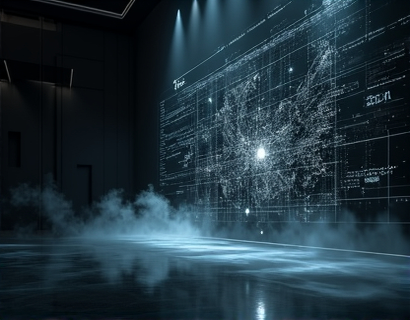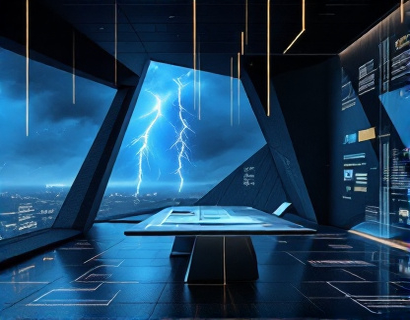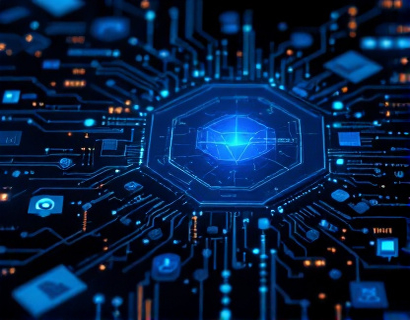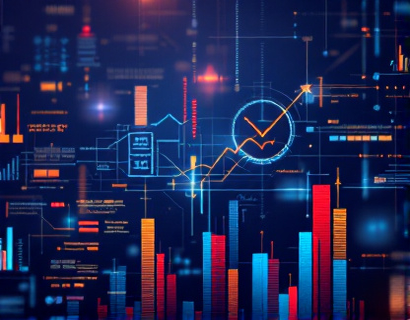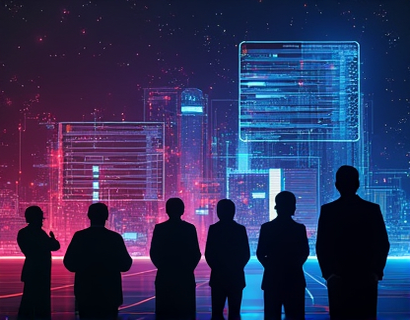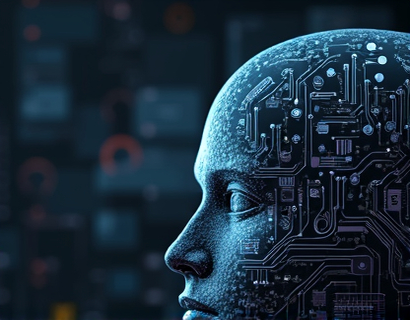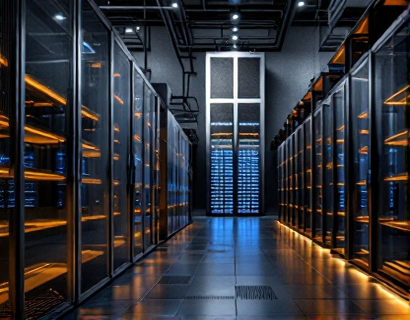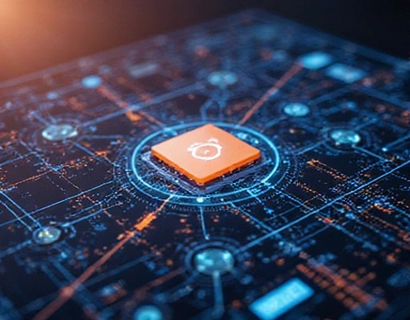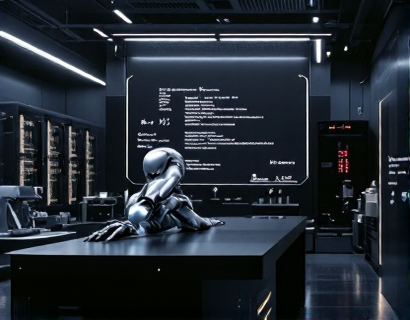Decentralized DAOs: Revolutionizing Web3 Governance with Community Empowerment and Transparency
In the rapidly evolving landscape of Web3, decentralized autonomous organizations (DAOs) stand as a pivotal innovation, promising to transform the way governance is handled within digital ecosystems. These entities leverage blockchain technology to create self-governing systems where decisions are made collectively by community members, rather than by centralized authorities. This shift towards community-driven governance not only enhances transparency but also empowers users, making them active participants in the protocol's development and management.
Understanding Decentralized DAOs
At their core, DAOs are organizations governed by rules encoded on a blockchain. These rules dictate how the organization operates, including decision-making processes, funding mechanisms, and dispute resolution. The decentralized nature of DAOs means that no single entity has control, and all members have a say in the direction of the organization. This is achieved through smart contracts, which automate and enforce the organization's rules, ensuring that all actions are transparent and immutable.
Community Empowerment through DAOs
The true power of DAOs lies in their ability to empower communities. In traditional centralized systems, power is concentrated in the hands of a few, often leading to decisions that may not align with the broader community's interests. DAOs flip this script by distributing governance power among members. Each member typically holds tokens that represent their stake and voting power. This token-based system ensures that decision-making is proportional to participation and investment, fostering a more democratic and inclusive environment.
For instance, in a DAO managing a decentralized finance (DeFi) protocol, community members can propose and vote on changes to the protocol, such as updating smart contracts, allocating funds, or introducing new features. This direct involvement ensures that the protocol evolves in a way that benefits all users, rather than a select few. The result is a more resilient and user-centric ecosystem that can adapt quickly to changing needs and challenges.
Transparency as a Core Principle
Transparency is another cornerstone of DAOs. All transactions, proposals, and votes are recorded on the blockchain, making them accessible to anyone. This level of openness builds trust among community members and external stakeholders. Unlike traditional organizations where decision-making processes can be opaque, DAOs operate in a public ledger, allowing for real-time monitoring and verification. This transparency not only deters malicious activities but also encourages accountability and responsible governance.
Moreover, the immutable nature of blockchain ensures that once a decision is made, it cannot be altered or deleted. This permanence adds a layer of security and reliability, as historical data is preserved and tamper-proof. Community members can trace the evolution of decisions and understand the rationale behind them, fostering a culture of informed and engaged participation.
Scalability and Efficiency in DAO Governance
One of the significant advantages of DAOs is their potential for scalability and efficiency. Traditional governance models often suffer from slow decision-making processes and bureaucratic hurdles. In contrast, DAOs can streamline these processes through automated smart contracts. Proposals can be submitted, discussed, and voted on in a matter of days or even hours, depending on the complexity of the issue. This speed allows DAOs to respond rapidly to emerging opportunities and threats, maintaining agility in a fast-paced digital environment.
Scalability is further enhanced by the modular nature of blockchain technology. As the community grows, additional nodes can be added to the network, distributing the load and improving performance. This scalability ensures that DAOs can support a large and active user base without compromising on speed or reliability. Additionally, the use of layer 2 solutions and interoperability protocols can help DAOs integrate with other blockchain ecosystems, expanding their reach and impact.
Challenges and Considerations
Despite their numerous benefits, DAOs are not without challenges. One of the primary concerns is the technical barrier to entry. Understanding blockchain and smart contracts requires a certain level of technical knowledge, which can exclude less tech-savvy individuals. To address this, user-friendly interfaces and educational resources are essential. DAOs can develop intuitive platforms that abstract the complexity of blockchain, making governance accessible to a broader audience.
Another challenge is the risk of governance attacks, such as sybil attacks, where an entity creates multiple fake identities to gain disproportionate influence. To mitigate this, DAOs can implement robust identity verification mechanisms and use reputation systems to ensure that active and trusted members have a greater say in decision-making.
Real-World Applications and Success Stories
Several projects have successfully implemented DAO models, demonstrating their potential in various domains. One notable example is the MakerDAO, which manages the stablecoin DAI on the Ethereum blockchain. Through a decentralized governance system, community members propose and vote on changes to the protocol, ensuring that the system remains stable and user-friendly. This collaborative approach has made MakerDAO one of the most successful DeFi projects, with a market capitalization of billions of dollars.
Another example is the Aragon platform, which provides a suite of tools for building and managing DAOs. Aragon enables organizations to create custom governance structures, manage token distributions, and facilitate community engagement. By lowering the barriers to entry for DAO creation, Aragon has empowered numerous projects to adopt decentralized governance models, further enriching the Web3 ecosystem.
The Future of Web3 Governance
The adoption of DAOs is poised to shape the future of Web3 in profound ways. As more projects embrace decentralized governance, we can expect to see a shift towards more democratic, transparent, and community-driven digital spaces. This evolution will not only enhance user experience but also foster innovation by leveraging the collective intelligence and creativity of the community.
Moreover, the integration of DAOs with other Web3 technologies, such as non-fungible tokens (NFTs) and decentralized identity systems, will create a more interconnected and cohesive digital landscape. This interconnectedness will enable seamless interactions across different platforms and services, enhancing the overall utility and value of Web3 applications.
Conclusion
Decentralized DAOs represent a revolutionary approach to governance in the Web3 era. By empowering communities, ensuring transparency, and enhancing scalability, DAOs offer a promising alternative to traditional centralized models. As the technology matures and more projects adopt these principles, we can expect to see a more inclusive, resilient, and dynamic digital world. Embracing DAOs is not just a trend but a fundamental shift towards a more equitable and user-centric future.









